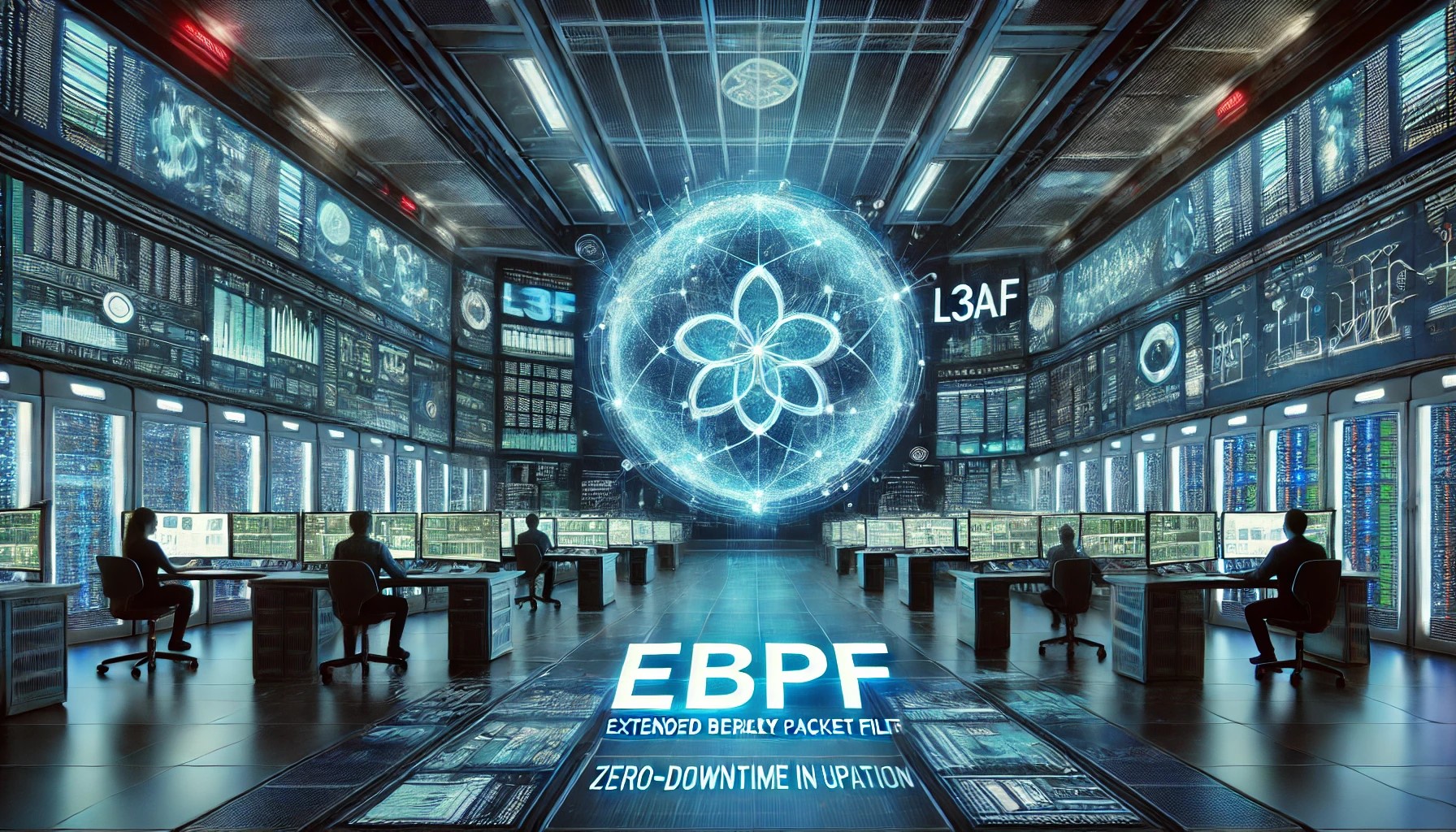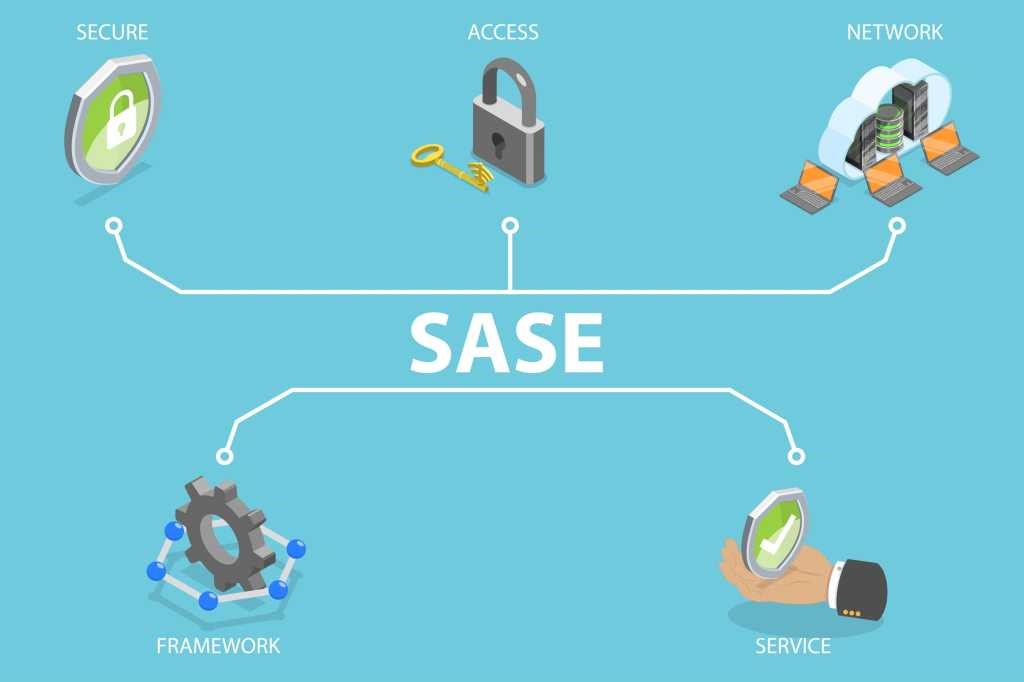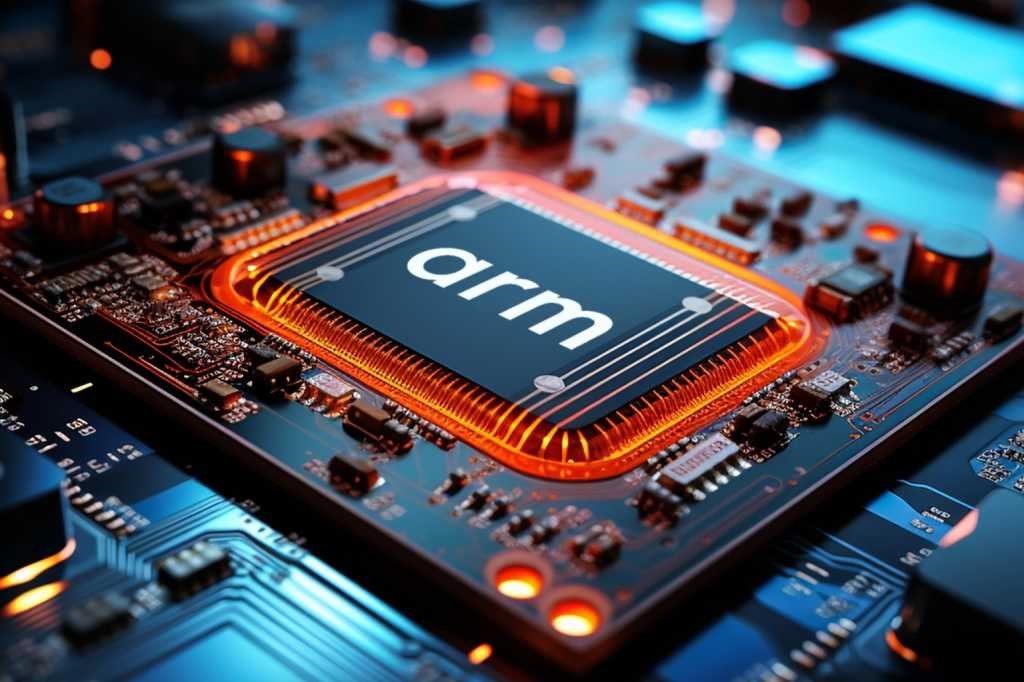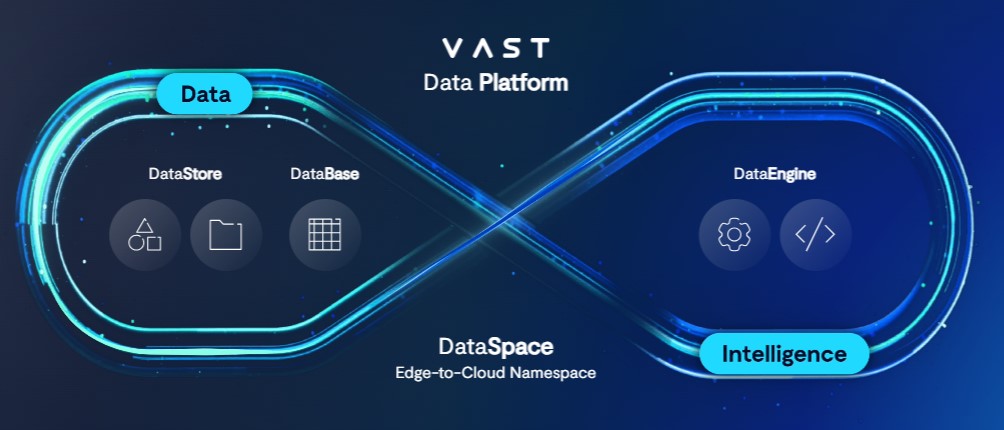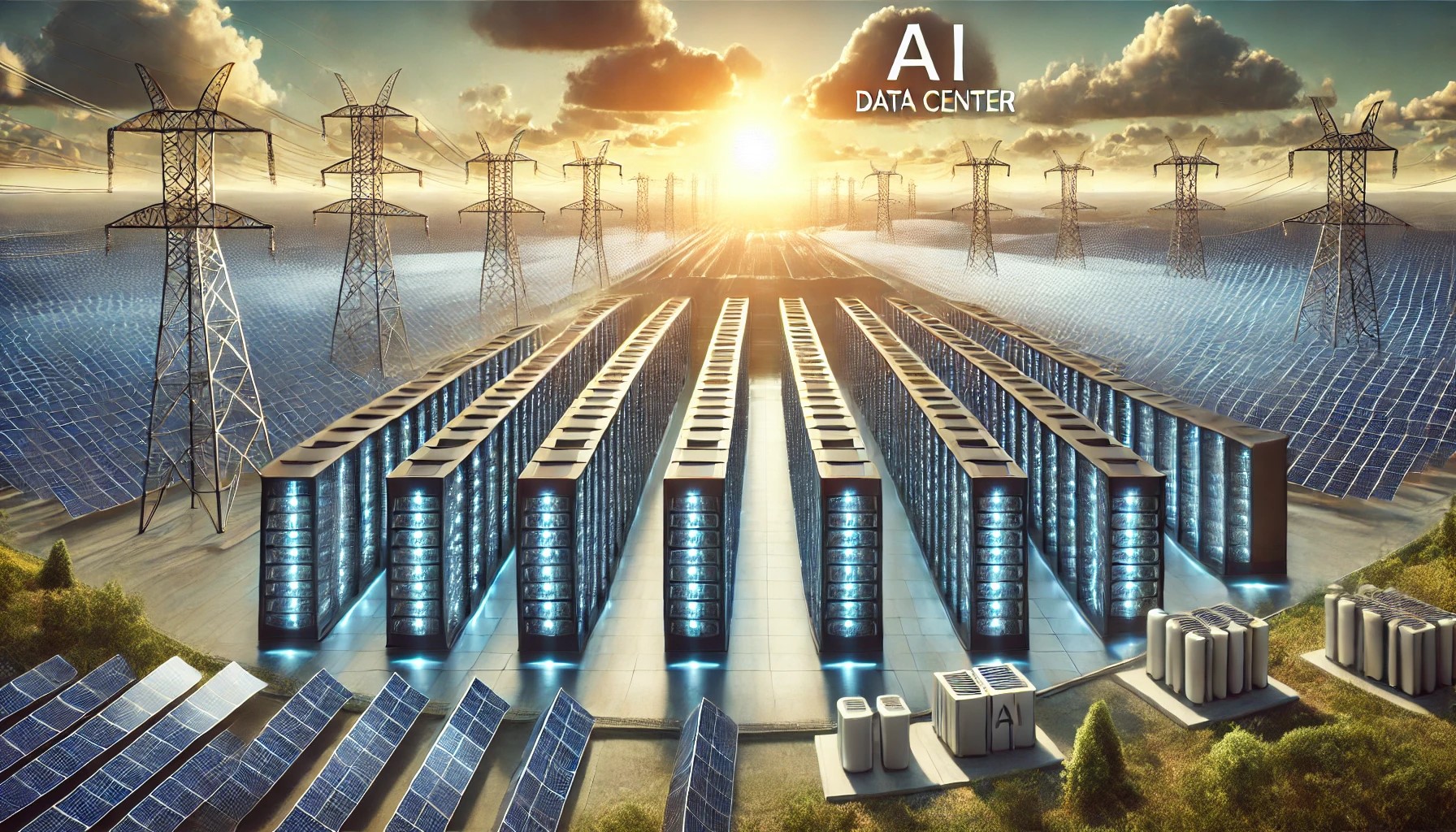Data Center Spending to Exceed $1 Trillion By 2029 as AI Reshapes Infrastructure
AI is fueling a massive shift in data centers, with global CapEx spending expected to surge from $430 billion in 2024 to $1.1 trillion by 2029.
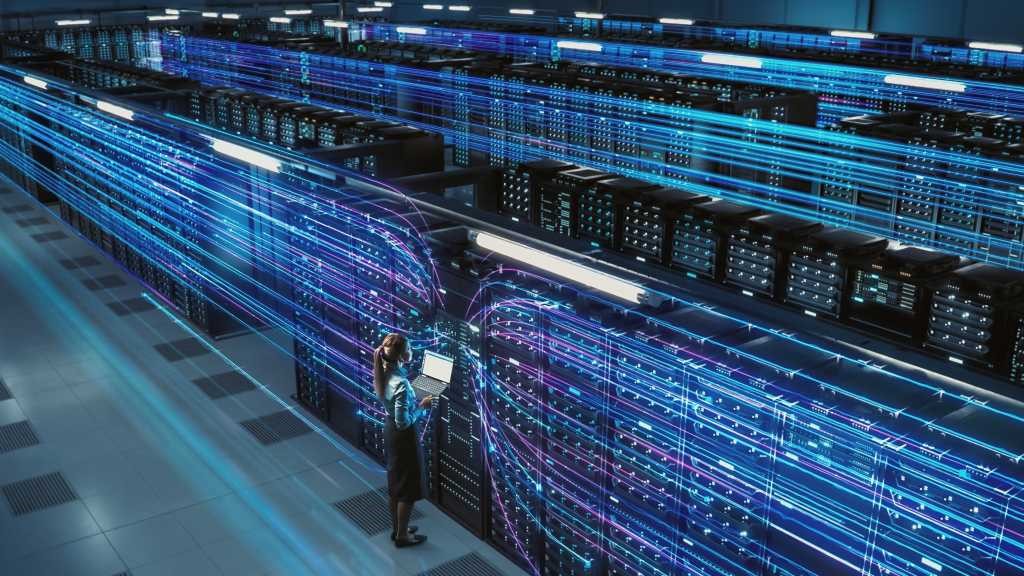
Figure 1. AI-Driven Growth to Push Data Center Spending Beyond $1 Trillion by 2029.
TSurging global demand for AI technology is driving data centers to invest heavily in servers, power, and cooling infrastructure, pushing CapEx spending from $430 billion in 2024 to $1.1 trillion by 2029, according to Dell’Oro Group. Figure 1 shows AI-Driven Growth to Push Data Center Spending Beyond $1 Trillion by 2029.
Enterprises are allocating about 35% of their data center CapEx budgets to accelerated servers optimized for AI, up from 15% in 2023, and this share is expected to reach 41% by 2029, according to Dell’Oro analyst Baron Fung.
Hyperscalers are investing even more, already dedicating 40% of their budgets to accelerated servers. These AI-optimized servers come at a steep price, significantly higher than traditional ones, which typically cost $7,000 to $8,000. “AI servers can range from $100,000 to $200,000, especially when equipped with the latest Nvidia CPUs,” Fung tells Network World.
As a result, just four companies—Amazon, Google, Meta, and Microsoft—will account for nearly half of global data center CapEx in 2024, according to Fung.
“Initially, most AI workloads will likely run in the public cloud rather than on-premises, given the high costs and potentially low utilization of AI infrastructure in private data centers,” Fung explains. “However, as enterprises gain a better understanding of AI workload utilization, they may shift workloads back on-premises.”
His projections factor in recent advances in AI and data center efficiency. For instance, Chinese company DeepSeek’s open-source AI model has demonstrated that an LLM can deliver high-quality results at a lower cost through innovative architectural optimizations. These advancements are expected to be quickly adopted by other AI firms. “Many companies are working to develop more efficient models,” Fung notes. “There’s significant effort to reduce costs and improve efficiency.”
Additionally, hyperscalers are designing their own custom chips tailored to AI workloads. Dell’Oro projects that the AI accelerator market alone will reach $392 billion by 2029, with custom accelerators surpassing commercially available GPUs.
The rise of dedicated AI servers is also driving increased investment in networking, power, and cooling. Consequently, spending on data center physical infrastructure (DCPI) is expected to grow at a more moderate annual rate of 14%, reaching $61 billion by 2029.
“DCPI deployments are a prerequisite to support AI workloads,” says Tam Dell’Oro, founder of Dell’Oro Group, in the report.
The research firm has raised its outlook for data center physical infrastructure (DCPI) due to stronger-than-expected 2024 results and increasing demand beyond tier-one cloud providers. Governments and major telecom operators are also investing in data center expansion, reinforcing this as a long-term trend.
AI’s impact on networking is significant. The Ethernet network adapter market for AI compute clusters is expected to grow at a 40% compound annual growth rate (CAGR) by 2029.
AI is also driving a surge in power demand. The average rack power density has risen from 15 kilowatts per rack to 60-120 kilowatts per rack for AI workloads. Research from IDC supports these trends, projecting AI-related data center energy consumption to grow 45% annually, reaching 146 terawatt-hours by 2027.
McKinsey highlights the shift in data center scale, noting that while a 30-megawatt facility was considered large a decade ago, today's standard is around 200 megawatts. Power densities have more than doubled in two years, climbing from 8 kilowatts per rack to 17 and expected to reach 30 kilowatts by 2027. High-end AI workloads, like training models such as ChatGPT, require more than 80 kilowatts per rack, while NVIDIA’s latest chips push densities up to 120 kilowatts per rack.
Traditional air cooling is reaching its limits, maxing out at 50 kilowatts per rack, prompting a shift to liquid cooling. An IDC report from September 2023 found that 50% of organizations with high-density racks now rely on liquid cooling. A 2024 Uptime Institute report indicates that 22% of data centers currently use liquid cooling, with 61% considering adoption. For large-scale data centers (20MW+), 38% have already implemented direct liquid cooling.
2023 was a transition year for liquid cooling, says Lucas Beran, director of product marketing at Accelsius and former research director of data center physical infrastructure at Dell’Oro. Enterprises finalized pandemic-driven digitization projects, and as new data centers are being designed in 2024, liquid cooling is becoming a key consideration for future-proofing.
“This year is about scaling,” Beran explains. “We’ve determined what needs to be done and how to do it. Now, we’re going to start deploying at scale. As confidence in liquid cooling grows, the industry will accelerate adoption.”
Source: NETWORK WORLD
Cite this article:
Priyadharshini S (2025),Data Center Spending to Exceed $1 Trillion By 2029 as AI Reshapes Infrastructure,AnaTechMaz, pp.111


